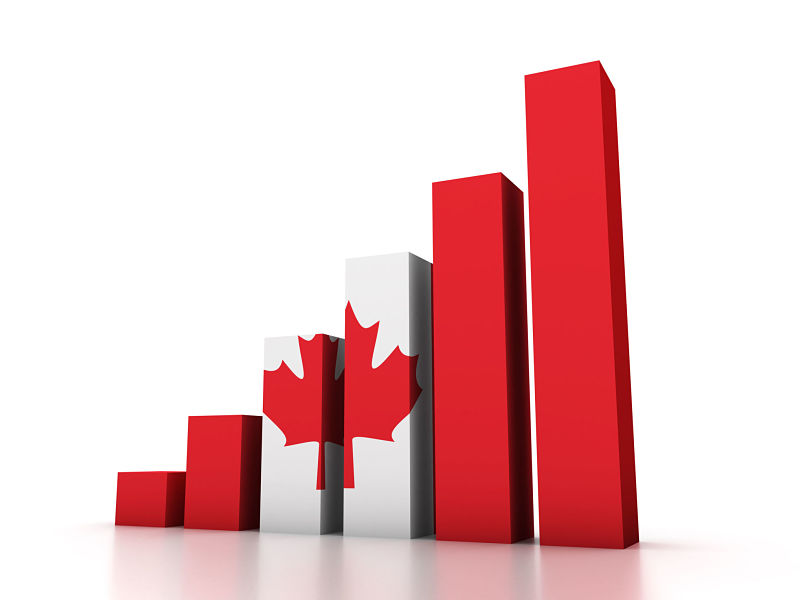
Stronger-than-expected growth in the Canadian economy in May points to another interest rate hike this autumn, but economists don’t think it will happen at the next Bank of Canada (BoC) rate announcement in September.
On Tuesday, Statistics Canada (StatsCan) reported the Canadian economy grew by 0.5% in May thanks to strong performances by both domestic and export-oriented sectors.
That was above market expectations of 0.3%, said Josh Nye, senior economist with Royal Bank of Canada’s economics research division, who pointed out that with activity rising month-over-month in 19 of 20 industries, it was the most broadly-based gain in more than a decade.
“Today’s solid growth numbers simply improve our confidence that the overnight rate is set to move higher again this year,” he said, adding that he believes the BoC will hold off until October to raise interest rates.
The central bank raised interest rates for the fourth time in a year in July and has indicated that more hikes are coming as economic growth raises the risk of inflation heating up.
The BoC has forecast gross domestic product growth of 2.8% in the second quarter, ended June 30, slightly less than analyst expectations of 3%.
CIBC Capital Markets Inc. chief economist Avery Shenfeld said he also expects a rate increase in October, but added the central bank will leave rates alone after that until 2019.
“Even with a flat June, we’re on target for 3% growth in Q2, but remember, that follows three quarters averaging only 1.5%,” he said. “Thus, the underlying trend isn’t that far above the 1.9% growth rate that the Bank of Canada sees as sustainable without inflation pressures.”
The month-over-month increase of 0.5% in May compared with a rise of 0.1% in April, StatsCan reported, adding the April number was reduced by weather that included an ice storm across Central and Eastern Canada as well as the temporary shutdown of some oilsands projects in Alberta for maintenance.
The oil and gas sector led the way in May with a 2.5% increase as those oilsands facilities returned to production.
The utilities sector contracted by 2.4% in May as warmer weather returned across the country, reversing growth of 1.4% in April prompted by increased demand for heating due to colder-than-usual temperatures.
Activity at the offices of real estate agents and brokers was down by 2.7% in May, in part due to declining home sales in British Columbia. It was the fourth decline since the beginning of 2018.
The retail trade sector rose by 2%, its largest monthly increase since October 2017, sparked by activity from motor vehicle and parts dealers and springtime activities from building material and garden equipment and supplies dealers, clothing and clothing accessories stores and general merchandise stores.
Construction increased 0.7% in May, essentially compensating for April’s decline. Residential building construction and repair construction were both up after decreases in April.
Export-oriented sectors also registered gains, with wholesale trade rising 1.4% on strength in building material and supplies and building material.
The manufacturing sector edged up 0.1% as non-durable manufacturing rose 0.9% on higher chemical output and durable manufacturing fell 0.7% on decreased activity in transportation equipment and fabricated metal products.